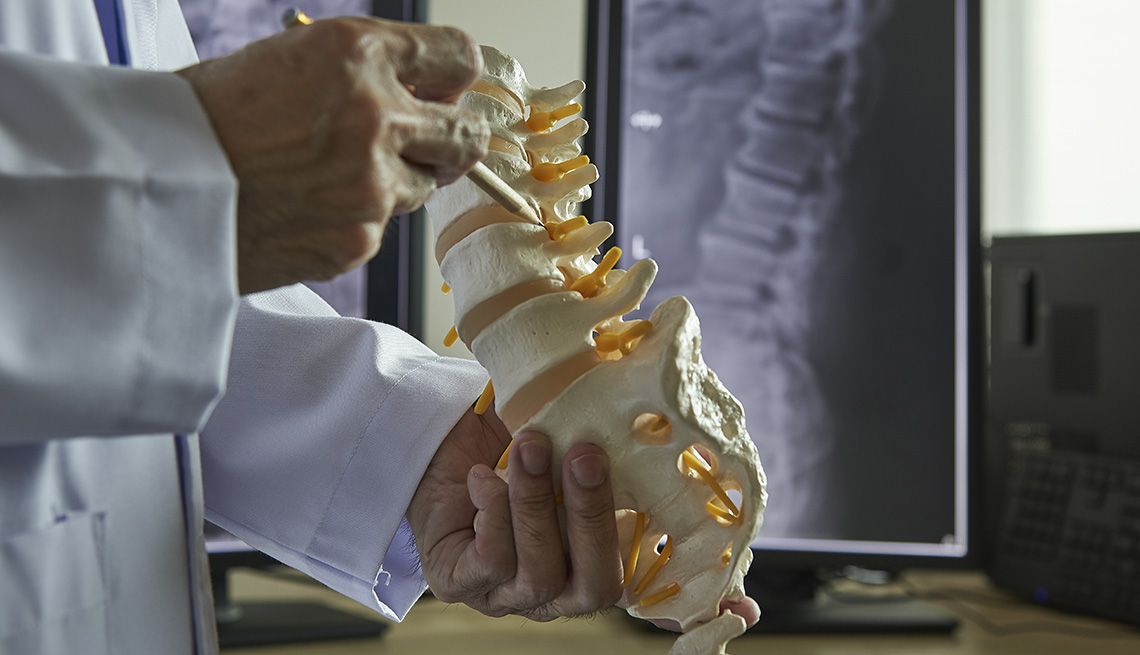Spinal fracture surgery has advanced significantly over the past two decades, with improvements in minimally invasive techniques, biologics and intraoperative imaging already reshaping care. Yet the field continues to move forward, with new technologies and strategies poised to make treatment safer, more effective and more aligned with patient goals. Dr. Larry Davidson, a renowned neurosurgeon specializing in spinal care, has noted that the next wave of innovations will blend cutting-edge science with patient-centered approaches, ensuring that surgery delivers both stability and quality of life.
From next-generation implants to AI-assisted imaging and personalized care pathways, the future of spinal fracture surgery is defined by integration, combining hardware, software and human expertise to improve outcomes. The emphasis will be on not just repairing fractures, but optimizing recovery and long-term independence.
Next-Generation Implants
Implants remain central to fracture stabilization, and materials science is driving their evolution. Future implants are expected to incorporate biologically active coatings that promote bone growth, resorbable polymers that dissolve once healing is complete, and custom 3D-printed devices tailored to individual anatomy.
Smart implants capable of transmitting data about load distribution, alignment and healing progress are already in development. These devices may one day allow surgeons to monitor recovery remotely, adjusting therapy or medications in response to real-time feedback. By turning implants into diagnostic and stabilizing tools, the future of hardware promises safer and more durable outcomes.
Advances in Imaging and Navigation
Intraoperative imaging has already improved safety with technologies, such as fluoroscopy and the O-arm, but the future will likely see even greater precision. AI-driven imaging analysis may highlight optimal screw trajectories, predict complications and confirm stability, before the surgeon makes a final decision.
Navigation systems are also expected to evolve, pairing seamlessly with robotics to guide instruments with accuracy that exceeds current standards. These improvements reduce the risk of hardware misplacement, shorten surgery times and lower complication rates. Imaging and navigation enhance precision. Their greatest value lies in supporting patient safety. For fracture patients, who often present with distorted anatomy or fragile bone, these tools are critical to improving outcomes.
Biologics and Healing Acceleration
Biologics will play a larger role in future fracture care. Growth factors, engineered scaffolds and stem cell therapies are being refined to accelerate fusion and reduce the risk of non-union. These biologics may be combined with implants, turning hardware into active participants in healing.
Personalized biologic therapies, tailored to patient-specific bone quality and healing potential, represent an exciting frontier. By improving fusion rates and shortening recovery times, biologics will strengthen the link between surgical stabilization and functional recovery.
Robotics in the Operating Room
Robotics is already being integrated into spinal surgery, but its future role is likely to expand dramatically. Robots can place screws with sub-millimeter accuracy, minimizing tissue disruption and improving stability. In the coming years, robots may be paired with AI-driven planning to create surgical workflows that adapt in real time to patient anatomy. For surgeons, robotics reduces fatigue and increases consistency. For patients, it promises safer, faster surgeries with lower risks of complications.
Personalized and Patient-Centered Care
One of the most important shifts in spinal fracture surgery will be the focus on patient-centered outcomes. Rather than measuring success only by radiographs, surgeons will increasingly assess mobility, pain reduction, independence and quality of life. Predictive modeling tools will help tailor surgical strategies to each patient’s unique needs, accounting for age, lifestyle and health conditions.
Dr. Larry Davidson says, “The future of spinal fracture surgery lies not only in what we do in the operating room, but in how we guide the patient from diagnosis through recovery and prevention. It’s a full spectrum of care.” This outlook reinforces that future innovations must be integrated into the broader continuum of patient care, making sure that technology enhances, not replaces, the human commitment to long-term recovery and well-being.
Rehabilitation will be incorporated into surgical planning, with recovery shaped around the patient’s goals. Patient-centered care is not just a trend; it forms the foundation of future spine surgery. While technology continues to advance, success will always be measured by how effectively patients regain independence and confidence.
Training the Next Generation of Surgeons
As technologies advance, surgical education will grow alongside them. Simulation labs incorporating robotics, navigation and AI will help prepare residents for future operating rooms. Mentorship will continue to emphasize judgment and patient communication, guiding young surgeons to balance technical mastery with human skills. Dr. Larry Davidson highlights that while mastering technology is essential, surgeons must stay grounded in the human side of medicine, listening to patients, managing expectations and making decisions guided by both compassion and data.
Reducing Costs Through Innovation
Although advanced technologies often carry high upfront costs, they are expected to reduce long-term expenses, by lowering complication rates, shortening hospital stays and preventing disability. Smart implants, biologics and AI-driven planning will make surgeries more efficient, reducing the need for revisions and long-term care.
From a public health perspective, investment in advanced surgical tools is justified by the reductions in disability and healthcare utilization they create. The future of spinal fracture care will not only improve outcomes, but also prove to be economically sustainable.
Ethical and Access Considerations
As with any innovation, ethical questions will emerge. Equitable access to advanced implants, biologics and robotics may be challenging, especially in resource-limited settings. Transparency in AI-driven decision-making will be essential to maintain trust. Patients should be informed about how technology shapes their care, and measures must be in place to prevent disparities in treatment.
The future of spinal fracture surgery must be inclusive, with advancements benefiting all patients, rather than a select few. The field is moving toward integrating implants, biologics, imaging, robotic and patient-centered care. Each innovation adds precision, safety and personalization, shaping a surgical landscape that responds to patient needs more effectively than ever.
Next-generation implants, advanced imaging, biologics, robotics and patient-centered strategies are shaping the future of spinal fracture surgery. These innovations promise to improve safety, strengthen outcomes and reduce costs. The perspective highlights that the future is not just about technology, but about integrating it into compassionate, individualized care. The ultimate measure of progress is not only the correction of fractures, but the restoration of independence and quality of life for patients.




